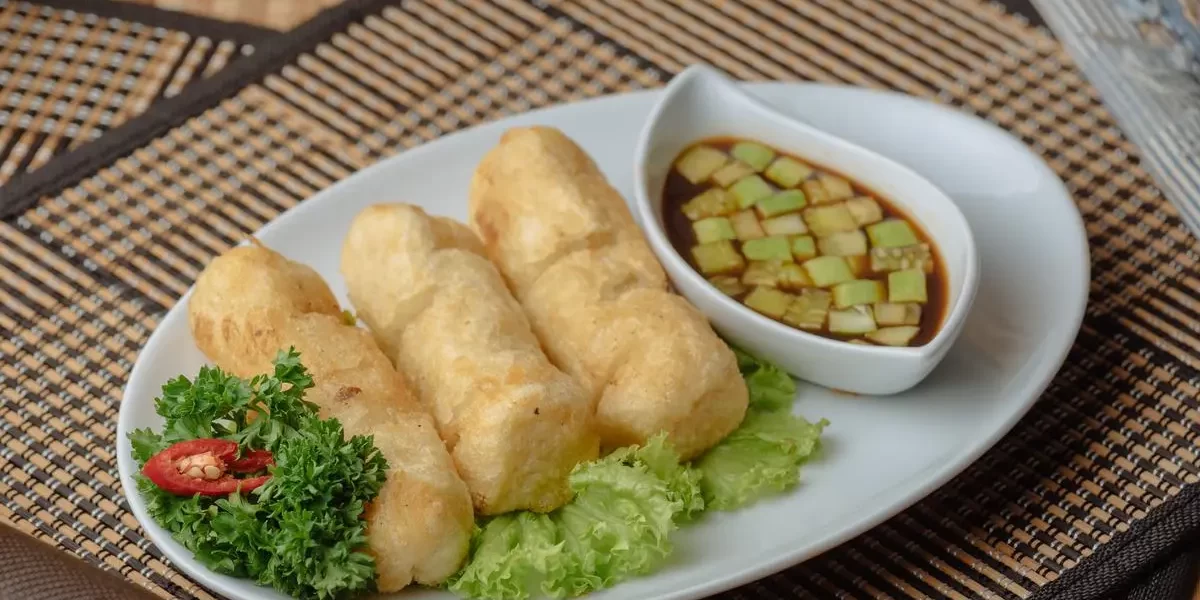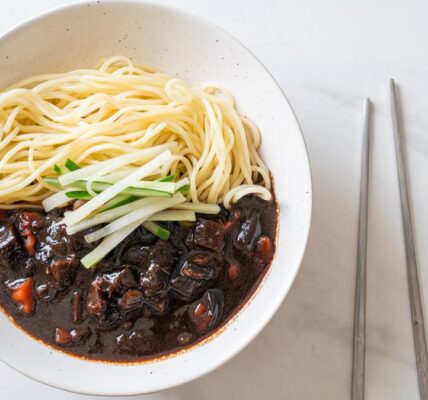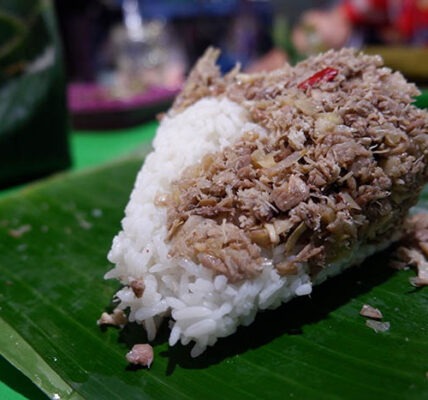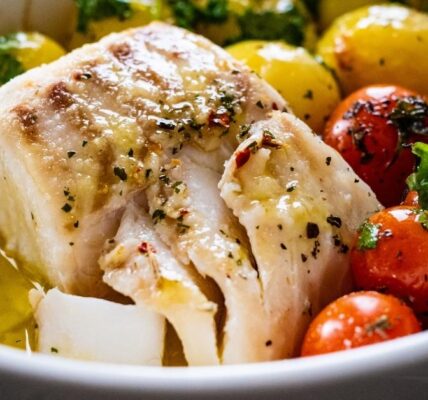Are you ready to embark on a culinary adventure to Indonesia? Get ready to tantalize your taste buds with the exotic flavors of pempek, the beloved Indonesian fishcake. This savory delight is a true culinary gem, originating from Palembang, South Sumatra. Pempek is made from a combination of ground fish, typically mackerel, mixed with tapioca flour and spices, then deep-fried to perfection. The result is a golden brown, crispy exterior that gives way to a soft and flavorful center.
Whether you prefer it plain or filled with egg or shrimp, each bite of the Pempek is a delicious burst of umami goodness. This Indonesian delicacy is often enjoyed with a tangy and slightly sweet vinegar-based dipping sauce known as gengtoto kuah cuko. The Pempek is not just a dish, it’s an experience that will transport you to the vibrant streets of Indonesia. So, grab your chopsticks or fork, and let pempek take you on a culinary journey that you won’t soon forget!
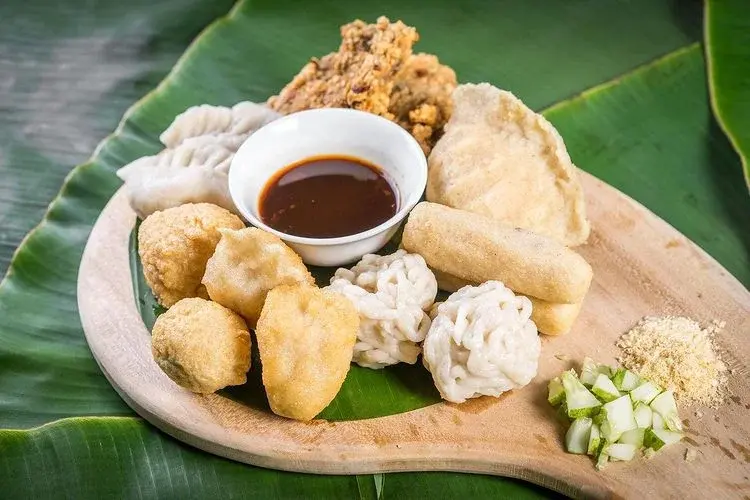
Pempek: A Culinary Journey to Indonesia
History and Origin of the Pempek
The story of pempek begins in Palembang, a city located in South Sumatra, Indonesia. The dish’s history can be traced back to the 16th century, during the reign of the Palembang Sultanate. According to legend, an old Chinese immigrant named Soe Bing Kong introduced this dish to the local residents. The word “pempek” itself is believed to be derived from the term “apek,” which is a colloquial term for an old Chinese man. This name was eventually shortened to “pek,” which then evolved into pempek. This dish was initially made with simple ingredients, such as fish and sago flour, but over time, it has evolved to include a variety of fillings and flavors.
The Palembang Sultanate was known for its bustling trade, and with it came a plethora of culinary influences. This can be seen in the preparation and ingredients of pempek. Despite these influences, the Pempek has remained a staple dish of the Palembang people. It is a symbol of their culinary heritage and a testament to their ability to create a dish that is both simple and complex in flavor.
Pempek is more than just a dish in Palembang; it is an integral part of their culture and history. It is commonly served during special occasions, such as weddings and religious ceremonies, and is a popular street food throughout the city. Its popularity has spread to other parts of Indonesia and even Southeast Asia. The dish’s unique flavor and texture have endeared it to many, making it a beloved culinary icon in the region.
Traditional Ingredients Used in Pempek
Pempek is a dish that is both simple and complex. It is simple in the sense that it requires few ingredients, but complex in the way these ingredients are combined to create a dish that is rich in flavor and texture. The primary ingredients in the Pempek are ground fish and tapioca flour. The fish used is typically mackerel, but other varieties such as gourami and catfish can also be used. The fish is ground into a paste and mixed with the tapioca flour to create a dough. This dough serves as the base for the pempek.
The dough is then seasoned with salt, sugar, and garlic to enhance its flavor. Some recipes also include chicken or duck eggs, which add a richness to the dough. The dough is then shaped into various forms, ranging from round balls to long cylindrical shapes. These shapes are deep-fried until they achieve a golden brown color and a crispy texture. The result is a dish that is crispy on the outside but soft and chewy on the inside.
The final component of pempek is the dipping sauce, known as kuah cuko. This sauce is made from palm sugar, vinegar, garlic, and chili. It is both sweet and sour, with a hint of spice, making it the perfect complement to the savory pempek. The combination of the pempek and the kuah cuko creates a harmonious blend of flavors that is truly unique to this dish.
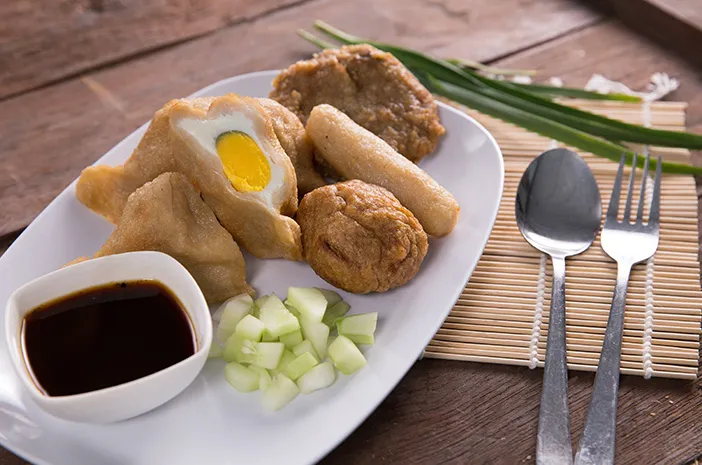
Popular Variations of the Pempek
Pempek comes in many shapes and sizes, each with its own unique characteristics. The most popular type is pempek kapal selam, which translates to “submarine pempek.” This variation is filled with a whole chicken or duck egg, giving it the appearance of a submarine. When cut open, the egg yolk spills out, adding an extra layer of flavor to the dish.
Another popular variation is pempek lenjer, which is long and cylindrical in shape. This type of the Pempek is often cut into slices and served with kuah cuko. Pempek adaan, on the other hand, is a small, round pempek that is perfect for snacking. The Pempek keriting, or “curly pempek,” is a unique variation that is shaped like a curly noodle. This type of pempek is often served with a side of noodles for a complete meal.
For those who prefer a bit of heat, there’s pempek pistel. This type of pempek is filled with a spicy green chili paste, offering a fiery kick to the otherwise savory dish. There’s also the Pempek kulit, which is made from fish skin. This results in a pempek that is extra crispy and flavorful. Regardless of the variation, each type of the Pempek offers a unique taste and texture, making it a truly versatile dish.
How to Make Pempek at Home
Making the Pempek at home is a fun and rewarding experience. While it may seem intimidating at first, with a bit of practice, you can create your own delicious pempek in no time. To start, you’ll need mackerel fish, tapioca flour, garlic, salt, and sugar for the pempek dough. For the kuah cuko, you’ll need palm sugar, vinegar, garlic, and chili.
First, you’ll need to grind the fish into a paste. This can be done in a food processor or by hand. Once you have your fish paste, mix it with the tapioca flour, garlic, salt, and sugar. Knead this mixture until it forms a smooth and elastic dough. From here, you can shape the dough into your desired form, whether it be round balls, long cylinders, or something more creative.
Once your pempek is shaped, it’s time to deep-fry them. Heat oil in a deep pan or wok, then carefully drop in your pempek. Fry them until they’re golden brown and crispy. While your pempek is frying, you can prepare the kuah cuko. Simply combine the palm sugar, vinegar, garlic, and chili in a saucepan and simmer until it forms a syrup-like consistency. Once your pempek is done frying, drain them on a paper towel, then serve with the kuah cuko. And just like that, you have your own homemade pempek!
Pempek Serving Suggestions
Pempek is typically served with kuah cuko, but it can also be enjoyed with a variety of other accompaniments. Some like to serve it with a side of yellow noodles or rice for a complete meal. Others prefer to eat it with a side of fresh cucumber to cut through the richness of the dish.
In Palembang, pempek is often served with a side of lontong, a type of rice cake. This combination is especially popular during special occasions, as it is believed to bring good luck. You can also find pempek served with a side of prawn crackers for an extra crunch.
Some restaurants even offer a modern twist on the classic pempek by serving it with a variety of sauces, such as mayonnaise, ketchup, or even cheese. Whether you prefer your pempek traditional or with a modern twist, there’s no denying that this versatile dish can cater to a wide range of taste buds.
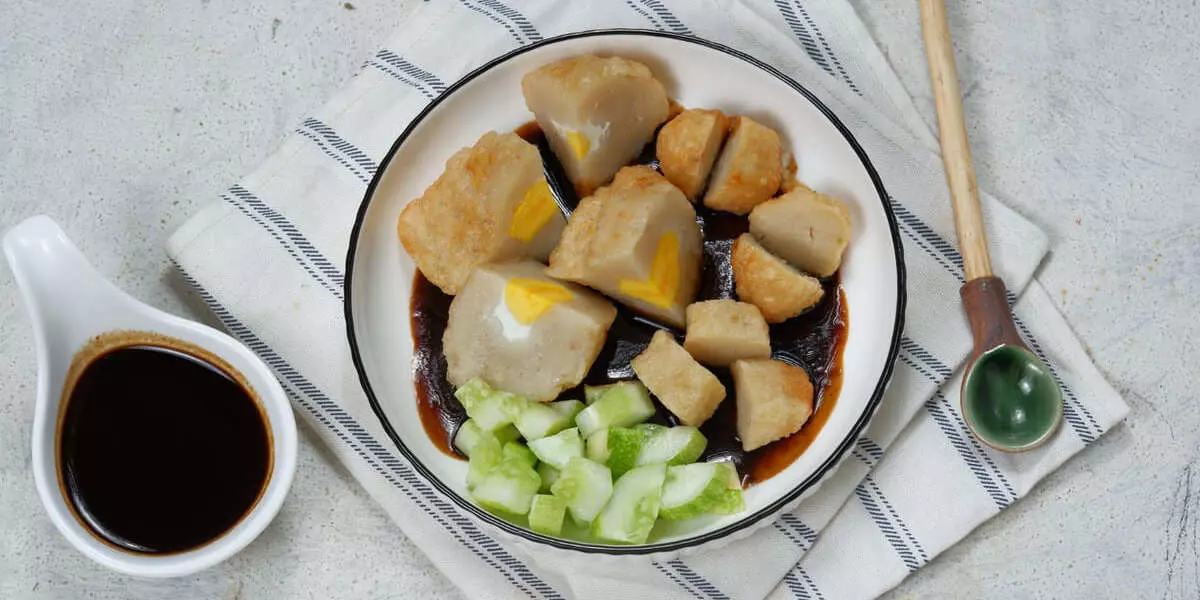
Where to Find the Best Pempek
If you’re looking to try pempek, you’re in luck. This dish can be found all across Indonesia, from street food stalls to high-end restaurants. In Palembang, the birthplace of pempek, you’ll find a plethora of places offering their own take on this dish. Some notable places include Pempek Candy and Pempek Beringin, both of which have been serving pempek for decades.
Outside of Palembang, pempek can also be found in other major cities, such as Jakarta and Bandung. In Jakarta, try visiting Pempek Megaria, a restaurant that has been serving pempek since the 1970s. In Bandung, Pempek Abing is a popular choice among locals.
For those who are not in Indonesia, fear not. Pempek can also be found in various Indonesian restaurants around the world. Just be sure to do a bit of research beforehand to ensure that you’re getting the real deal.
Pempek in Indonesian Cuisine
Pempek holds a special place in Indonesian cuisine. It is one of the country’s most beloved dishes, and its popularity shows no signs of waning. It is a dish that is synonymous with Palembang, with many considering it the city’s culinary ambassador.
In a country that is known for its diverse culinary landscape, pempek stands out for its unique flavor and texture. It is a dish that beautifully encapsulates the simplicity and complexity of Indonesian cuisine. Its simple ingredients are transformed into a dish that is rich in flavor and texture, a testament to the creativity and ingenuity of Indonesian cooks.
Today, pempek is enjoyed by people of all ages and backgrounds, making it a truly democratic dish. Despite its humble beginnings, pempek has managed to carve out a niche for itself in the world of Indonesian cuisine, a testament to its enduring appeal.
Health Benefits of Pempek
Pempek is not only delicious, but it’s also packed with nutrients. The main ingredient, fish, is a good source of protein and omega-3 fatty acids, which are essential for heart health. Fish is also rich in vitamins and minerals, such as vitamin D and B2, calcium, and iron. Tapioca flour, another key ingredient in the Pempek, is gluten-free and provides a good amount of carbs for energy.
The garlic used in the Pempek is known for its health benefits. It is rich in antioxidants and has been linked to a lower risk of heart disease and certain types of cancer. The chili in the kuah cuko can boost metabolism and help with weight loss. Despite being deep-fried, the Pempek can still be a part of a balanced diet when consumed in moderation.
While pempek is a nutritious dish, it is also important to remember that it is typically served with a sweet and sour sauce made from palm sugar. While this sauce adds a delicious flavor to the dish, it is high in sugar and should be consumed in moderation.
Conclusion
The pempek is a dish that is steeped in history and tradition. It is a culinary gem that is unique to Indonesia, particularly the city of Palembang. Its unique combination of ingredients and flavors make it a dish that is truly unlike any other. Whether you’re a fan of Indonesian cuisine or are simply looking to try something new, the Pempek is a dish that is sure to impress. So, don’t wait any longer. Embark on a culinary journey to Indonesia and discover the delicious flavors of the Pempek!
If you’ve enjoyed exploring the rich history, diverse variations, and tantalizing flavors of pempek, we invite you to delve deeper into the fascinating world of neuroscience in our next article. Discover the wonders of the human brain and unlock new realms of knowledge. Happy reading!

